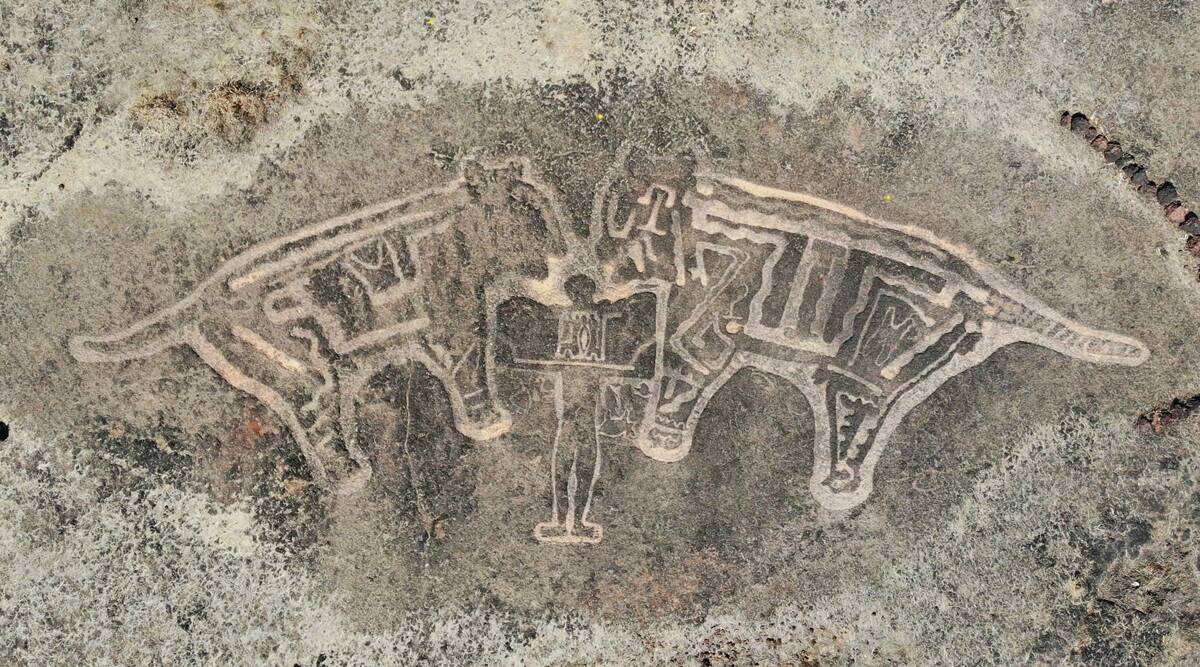Free Courses Sale ends Soon, Get It Now


Free Courses Sale ends Soon, Get It Now



Copyright infringement is not intended
Context: The site proposed for a mega oil refinery in Barsu village of Maharashtra’s Ratnagiri district is at the centre of a row over whether it might damage ancient rock carvings found in the area.
Details:
About:
© 2024 iasgyan. All right reserved